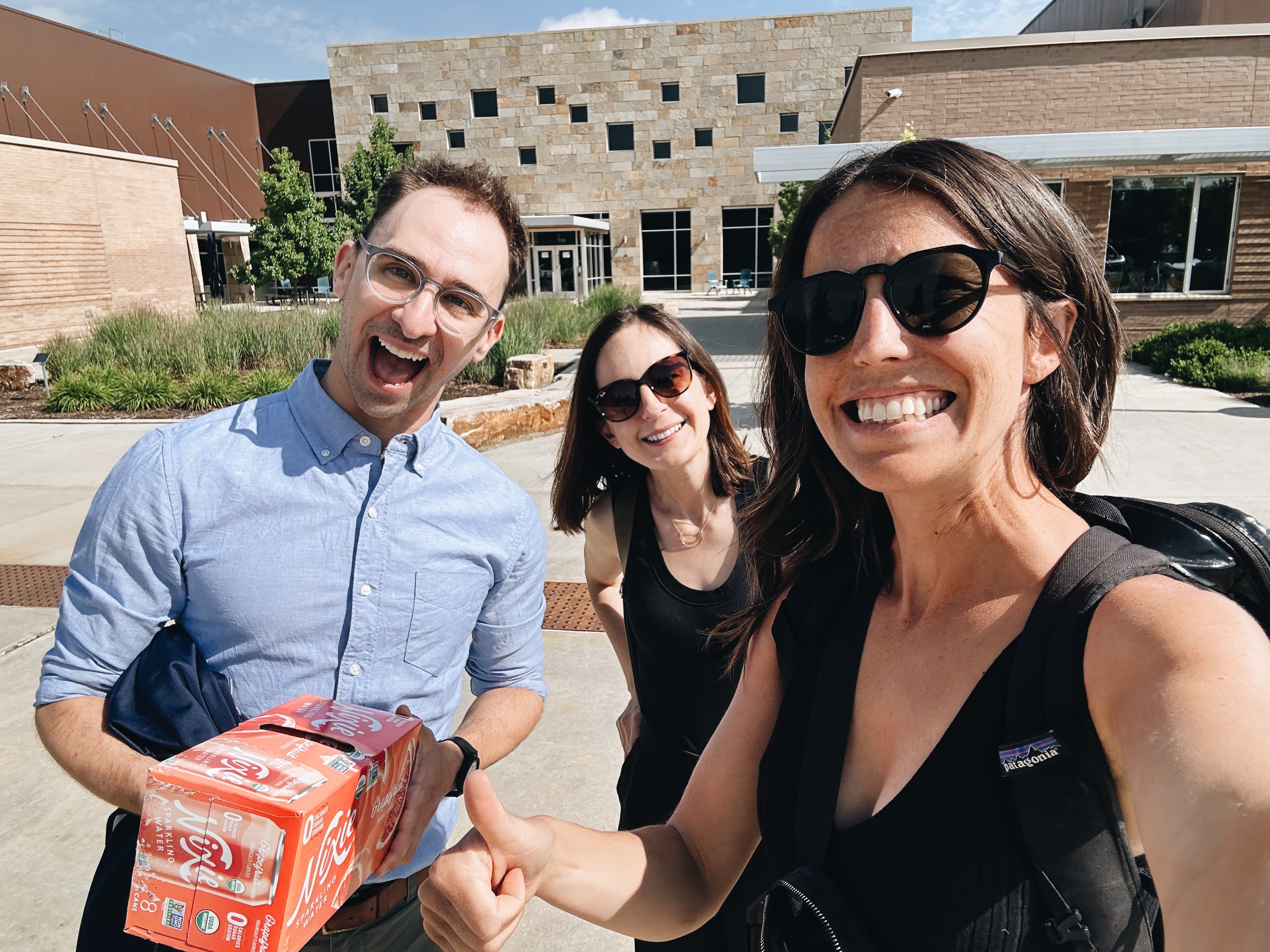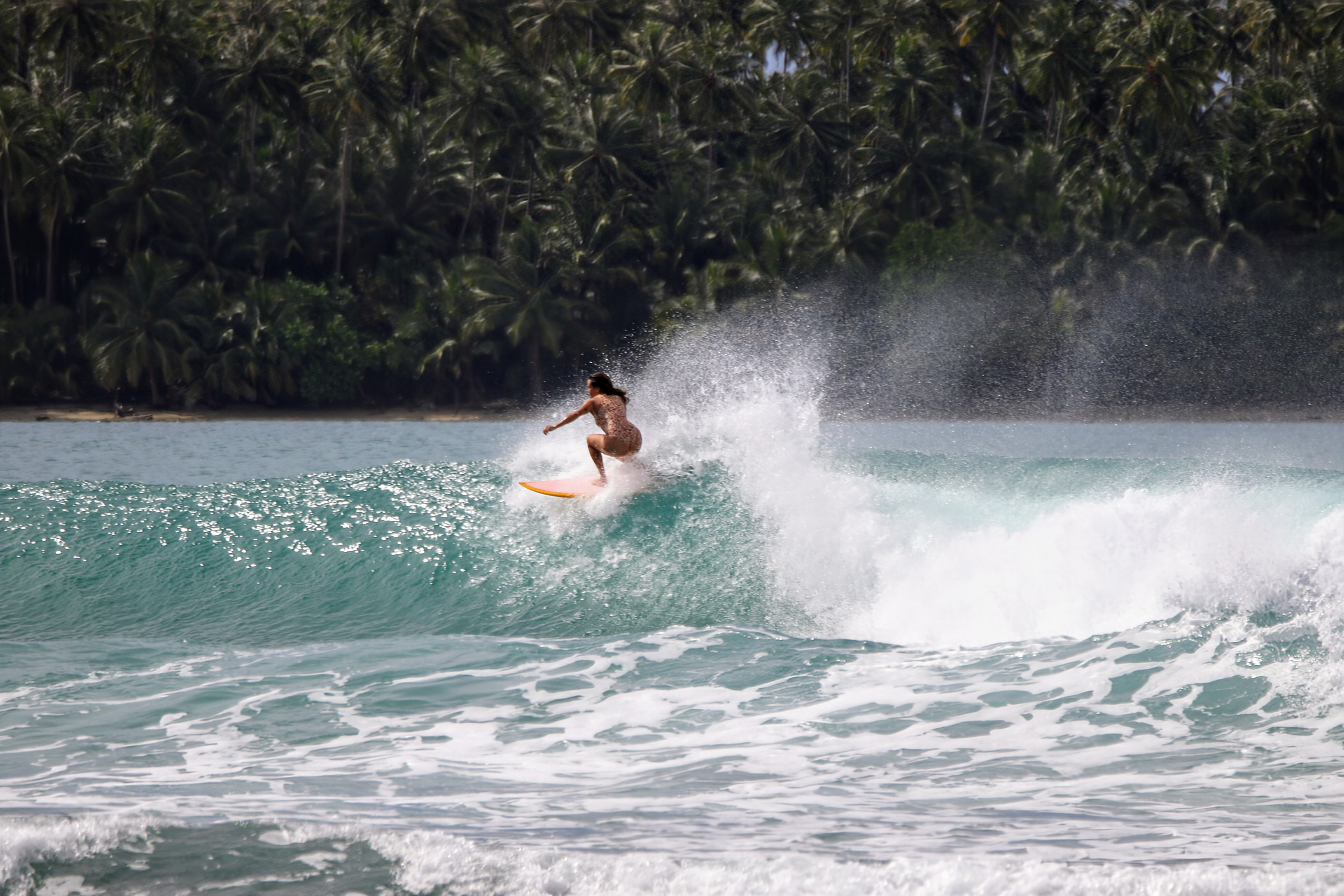Read time: 3 minutes
Interested in a deep dive into how we do the work we do in order to supercharge your organization? Check out the Accelerator today. Want to get in touch? Email sam@opentent.com.
It’s impossible to write an article on mapmaking, especially in the realm of knowledge work, without dusting off some obligatory quotes.
First is mathematician Alfred Korzybski’s eternal reminder that: “[The] map is not the territory...”
Often omitted is Korzybski’s full quote: “A map is not the territory it represents, but if correct, it has a similar structure to the territory, which accounts for its usefulness.”
The utility of a map resides in its relative structural similarity. If we crank the resolution too high, we just end up with a replica of the thing we are seeking to represent. A pretty model but a useless map.
The second is D.H. Lawrence’s observation that “The map appears to us more real than the land.”
In the abstract realm of data models, processes and project plans a simple visual representation may indeed give us the illusion that we are looking at something more tangible than the often ethereal or invisible phenomena it is meant to represent.
The lure of tangibility may blind us to a few dangers.
The Pitfalls of Mapmaking
- It is easy to forget that changing the map does not alter the territory itself. Consider the insanely detailed standard operating procedures that no one references.
- The territory itself may be (and probably is) fluid.
- By the time we finish our map the territory may have changed or become irrelevant.
- Finally, we ought to consider the observer effect: merely observing and mapping the territory may change it.
Why We Use Them Anyway
Despite these dangers, map making is incredibly valuable and an integral part of the OpenTent process. We use maps for all sorts of things, but find them especially useful in the following ways.
- Maps can create a shared consensus reality for teams. The establishment of a shared view is especially valuable for distributed teams operating in uncertain times.
- Accurate maps help create transparency, foster empathy and make work more meaningful. It may take a map to illustrate how much of a burden a specific process is or just how much your work impacts the rest of the team.
- Potential gaps or pitfalls can be illuminated before they manifest and are often easier to address in the abstract, impersonal format of a map.
How We Make Maps
So how do we reap the benefits of mapping while minimizing the pitfalls?
- We follow the Agile philosophy and keep things short, lightweight and modular. We try to avoid lengthy, overly complex and monolithic cartography.
- We try to include as many relevant perspectives as possible to maximize transparency and actual resemblance to whatever we are modeling.
- We utilize tools like Guru, Lucidchart and Miro that facilitate an iterative and collaborative approach.
The fact is, intentionally or not, we are always making maps. Regardless of whether we are crafting a data model, scoping a project plan, documenting a process in the BPMN language or just sketching out an idea on a whiteboard we are constantly creating visual representations of internal and otherwise invisible structures.
Peter Greenaway eloquently describes the charms of this imperfect omniscience: “I've always been fascinated by maps and cartography. A map tells you where you've been, where you are, and where you're going -- in a sense it's three tenses in one.”
Are there mapping practices that you've found helpful in your work? I would love to hear what’s working for you - reach out at eric@opentent.com.












